In a world increasingly driven by technological advancements and pharmaceutical interventions, there exists a vast reservoir of ancient wisdom, hidden in the heart of nature – the health benefits of wild medicinal plants. These botanical wonders, endowed with remarkable therapeutic properties, have been our companions throughout human history, offering solutions to an array of health challenges.
Wild medicinal plants have long been cherished by indigenous communities and healers across the globe. They are not merely a relic of our past; they represent a living tradition, a testament to the enduring relationship between humans and the natural world. These plants have played a pivotal role in the holistic approach to health and healing, addressing a wide spectrum of physical, mental, and even spiritual ailments.
The allure of wild medicinal plants lies not only in their historical significance but also in their undeniable efficacy. Through centuries of careful observation and experimentation, our ancestors unearthed the profound healing potential concealed within the leaves, roots, and blossoms of these botanical treasures. Their therapeutic arsenal encompasses the ability to combat inflammation, boost the immune system, and alleviate pain, among a multitude of other benefits.
In an age marked by an increasing disconnect from nature, the resurgence of interest in wild medicinal plants is a testament to our innate yearning for holistic well-being. It’s a recognition that the answers to some of our most pressing health concerns may lie not in sterile laboratories but in the untamed wilderness. In this article, we will delve into this ancient knowledge, exploring the biodiversity of wild medicinal plants, their nutritional value, and the profound medicinal properties that have made them invaluable to human health.
Moreover, we will examine their seamless integration with modern medicine, emphasizing the potential for collaboration between traditional wisdom and scientific innovation. We will also discuss the critical importance of sustainable harvesting practices and the preservation of biodiversity, ensuring that the legacy of wild medicinal plants endures for generations to come.
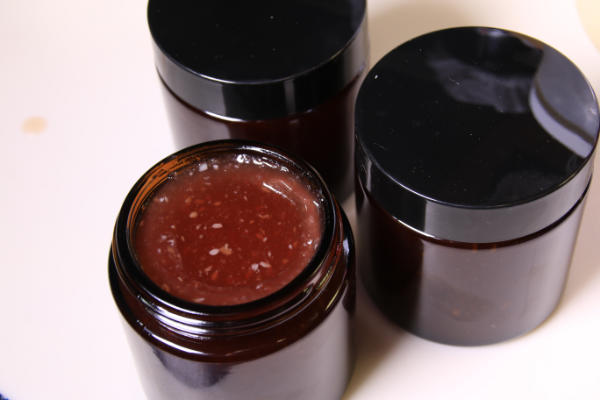
Definition of Wild Medicinal Plants
Wild medicinal plants, often referred to as “medicinal herbs” or “wild herbs,” are botanical species that grow in their natural habitats, typically without human cultivation or intervention. These plants have been revered for centuries across cultures worldwide for their therapeutic properties and have played a pivotal role in traditional healing practices. Understanding what constitutes a wild medicinal plant is essential for those seeking to harness the healing potential of these valuable resources.
These plants are characterized by their ability to produce bioactive compounds, such as alkaloids, flavonoids, terpenes, and essential oils, which possess medicinal properties. These bioactive compounds can offer a range of health benefits, from alleviating common ailments to promoting overall well-being.
Wild medicinal plants can be found in a variety of ecosystems, including forests, meadows, wetlands, and mountains. Their natural habitat often influences their growth patterns and the specific compounds they produce. For example, plants in arid regions might develop drought-resistant adaptations, while those in temperate forests may produce compounds suitable for addressing different health issues.
One of the defining features of wild medicinal plants is their historical and cultural significance. Indigenous communities and traditional healers have used them for generations, passed down through oral traditions, or recorded in ancient texts. This accumulated knowledge forms the foundation of ethnobotany, which studies the relationship between plants and people and documents the traditional uses of these plants.
Wild medicinal plants offer a wide range of therapeutic applications, including but not limited to treating ailments such as digestive disorders, skin conditions, respiratory issues, and pain management. They can provide relief from symptoms, support the body’s natural healing processes, and promote overall vitality.
While modern medicine has made significant strides, many individuals and practitioners continue to rely on wild medicinal plants for their holistic and natural approach to health. These plants often offer a complementary or alternative option to conventional pharmaceuticals, particularly for those seeking gentler remedies or those looking to reconnect with nature’s healing resources.
To harness the benefits of wild medicinal plants, it’s crucial to approach their use with respect, responsibility, and knowledge. Sustainable harvesting practices and ethical considerations are essential to ensure the continued availability of these valuable resources. Learning about the specific plants, their properties, and their traditional uses is a crucial first step toward incorporating them into a holistic approach to health and well-being.
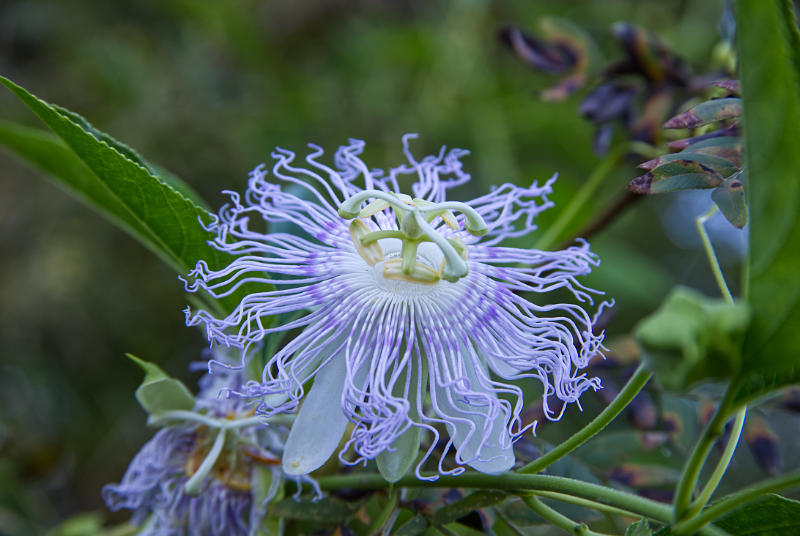
Traditional Knowledge and Ethnobotany
Traditional Knowledge and Ethnobotany of the health benefits of wild medicinal plants represent the backbone of humanity’s ancient healing traditions. In this section, we look into the significance of this knowledge and the role of ethnobotany in documenting and preserving it.
Traditional Knowledge: Traditional Knowledge refers to the accumulated wisdom, practices, and beliefs of indigenous and local communities passed down through generations. It encompasses a deep understanding of the relationships between humans and their natural environment. When it comes to wild medicinal plants, Traditional Knowledge is a treasure trove of information about which plants to use, how to prepare them, and when and how to administer them for various health issues.
Indigenous communities worldwide have developed unique insights into the uses of wild medicinal plants, often tailored to their local ecosystems and cultural contexts. This knowledge is not only holistic but also deeply rooted in spirituality and a profound respect for the land and its resources. It is a testament to the intimate connection between people and the plant world, reflecting an intricate web of interdependence.
Ethnobotany: Ethnobotany is the scientific discipline that studies the relationships between people and plants, particularly concerning their traditional uses. Ethnobotanists play a crucial role in documenting and validating traditional knowledge. They work closely with indigenous communities to gather information about the identification, preparation, and applications of wild medicinal plants.
Ethnobotanical research involves fieldwork, interviews, and the collection of plant specimens. It seeks to understand not only the botanical aspects of these plants but also the cultural, historical, and ecological contexts in which they are used. Ethnobotanists act as bridges between traditional healers and modern science, facilitating the exchange of knowledge and ensuring its preservation for future generations.
The importance of ethnobotanical research extends beyond mere documentation. It can lead to the development of sustainable harvesting practices, the discovery of new medicinal compounds, and insights into the conservation of both plant species and cultural heritage. Ethnobotany embodies a collaborative approach that respects indigenous perspectives while harnessing scientific methodologies to validate and refine traditional knowledge.
Biodiversity of Wild Medicinal Plants
Diverse Ecosystems
Wild medicinal plants thrive in an array of ecosystems across the globe. They are found in forests, meadows, wetlands, deserts, mountains, and coastal regions. Each of these ecosystems provides unique conditions that influence the growth, adaptations, and properties of the plants within them. For example, the arid desert terrain may yield succulent plants with water-storing abilities, while the temperate forests nurture species rich in medicinal compounds suited for different health challenges.
Common Wild Medicinal Plants
The biodiversity of wild medicinal plants is vast, encompassing a multitude of species. Common examples include Ginseng, Echinacea, Chamomile, and St. John’s Wort. These plants have gained global recognition for their healing properties and are widely used in traditional and modern herbal medicine. However, it’s essential to note that there are countless lesser-known species in various ecosystems, each with its unique therapeutic attributes.
Habitat Influence
The natural habitat of a wild medicinal plant profoundly affects its growth and properties. Plants adapt to their surroundings, developing characteristics that help them thrive in specific conditions. For instance, a plant growing in a harsh, sunny environment may produce compounds with potent antioxidants to protect against oxidative stress, while a species in a moist, shaded area may develop anti-inflammatory properties to combat environmental challenges.
Conservation Challenges
The biodiversity of wild medicinal plants faces significant threats. Habitat destruction, overharvesting, climate change, and invasive species endanger many of these valuable resources. Conservation efforts are essential to safeguard both the plants and the wealth of traditional knowledge associated with them. Sustainable harvesting practices, ethical collection guidelines, and awareness of the importance of preserving these ecosystems are crucial steps in addressing these challenges.
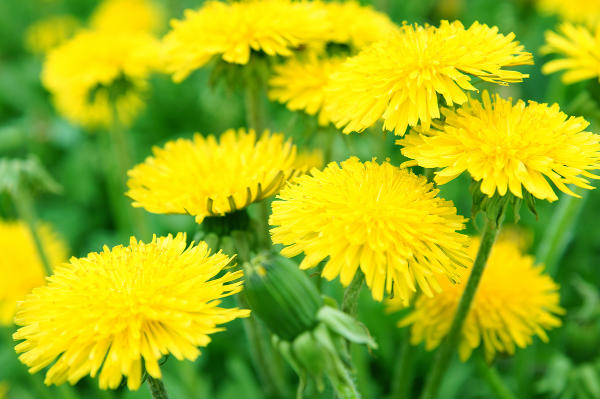
Nutritional Value of Wild Medicinal Plants
Nutrient Composition
Wild medicinal plants are remarkable for their rich nutrient profiles. They often contain essential vitamins, minerals, antioxidants, and phytochemicals that contribute to their therapeutic properties. Vitamins such as vitamin C, vitamin A, and various B vitamins are commonly found, along with essential minerals like calcium, magnesium, and potassium. These nutrients play vital roles in maintaining overall health and bolstering the body’s natural defense mechanisms.
Antioxidant Riches
Many wild medicinal plants are celebrated for their high antioxidant content. Antioxidants are compounds that combat oxidative stress, neutralizing harmful free radicals in the body. This property helps protect cells from damage, reduces inflammation, and supports the immune system. Berries like elderberries and rose hips, often used in traditional remedies, are prime examples of wild plants rich in antioxidants.
Dietary and Culinary Uses
Wild medicinal plants have long been incorporated into dietary and culinary traditions. They are used in teas, tinctures, salads, soups, and various culinary preparations. Nettle, for instance, is not only a medicinal plant but also a nutritious leafy green rich in vitamins and minerals. Dandelion leaves are another example, enjoyed in salads for their nutrient content.
Addressing Nutritional Deficiencies
In some regions, wild medicinal plants have played a crucial role in addressing nutritional deficiencies, particularly in remote or economically disadvantaged communities. These plants offer an accessible source of essential nutrients that can help combat malnutrition and associated health issues. For example, the moringa tree, known as the “drumstick tree,” provides a wide range of vitamins and minerals and is a valuable resource in regions where nutritional deficiencies are prevalent.
Medicinal Properties and Health Benefits of Wild Medicinal Plants
In this section, we will look at some of the many health benefits of wild medicinal plants and their properties.
Antioxidant Properties
Wild medicinal plants are often rich in antioxidants, compounds that help neutralize harmful free radicals in the body. These free radicals are implicated in cellular damage and aging processes. By providing a defense against oxidative stress, wild medicinal plants help protect cells and tissues from harm, potentially reducing the risk of chronic diseases and promoting overall well-being. For example, plants like bilberry and turmeric are celebrated for their potent antioxidant properties.
Anti-Inflammatory Effects
Chronic inflammation is at the root of numerous health conditions, from arthritis to cardiovascular diseases. Many wild medicinal plants exhibit anti-inflammatory effects, helping to mitigate this underlying factor. They contain phytochemicals that can reduce inflammation, offering relief to individuals suffering from inflammatory conditions. Wild plants like ginger and Boswellia are recognized for their anti-inflammatory properties.
Immune System Support
Wild medicinal plants often play a pivotal role in bolstering the immune system. Their bioactive compounds stimulate and modulate immune responses, helping the body defend against infections and diseases. Echinacea, for example, is renowned for its immune-boosting properties, which can help reduce the severity and duration of colds and flu.
Healing Properties
Beyond their immune-boosting and anti-inflammatory effects, wild medicinal plants can facilitate wound healing and tissue repair. Some plants possess natural antibacterial and antimicrobial properties, which can prevent infection and promote the body’s natural healing processes. Calendula and aloe vera are examples of plants traditionally used for wound healing and skin conditions.
Understanding the medicinal properties and health benefits of wild medicinal plants underscores their significance in holistic well-being. These plants offer natural solutions to a wide array of health issues, from everyday ailments to chronic diseases. Incorporating them into one’s health regimen, whether through traditional remedies or modern herbal medicine, can harness their therapeutic potential and contribute to a more balanced and vibrant life. However, it is crucial to approach their use with respect and responsibility, seeking guidance from experts or traditional healers when needed and considering any potential interactions with existing medications or health conditions.
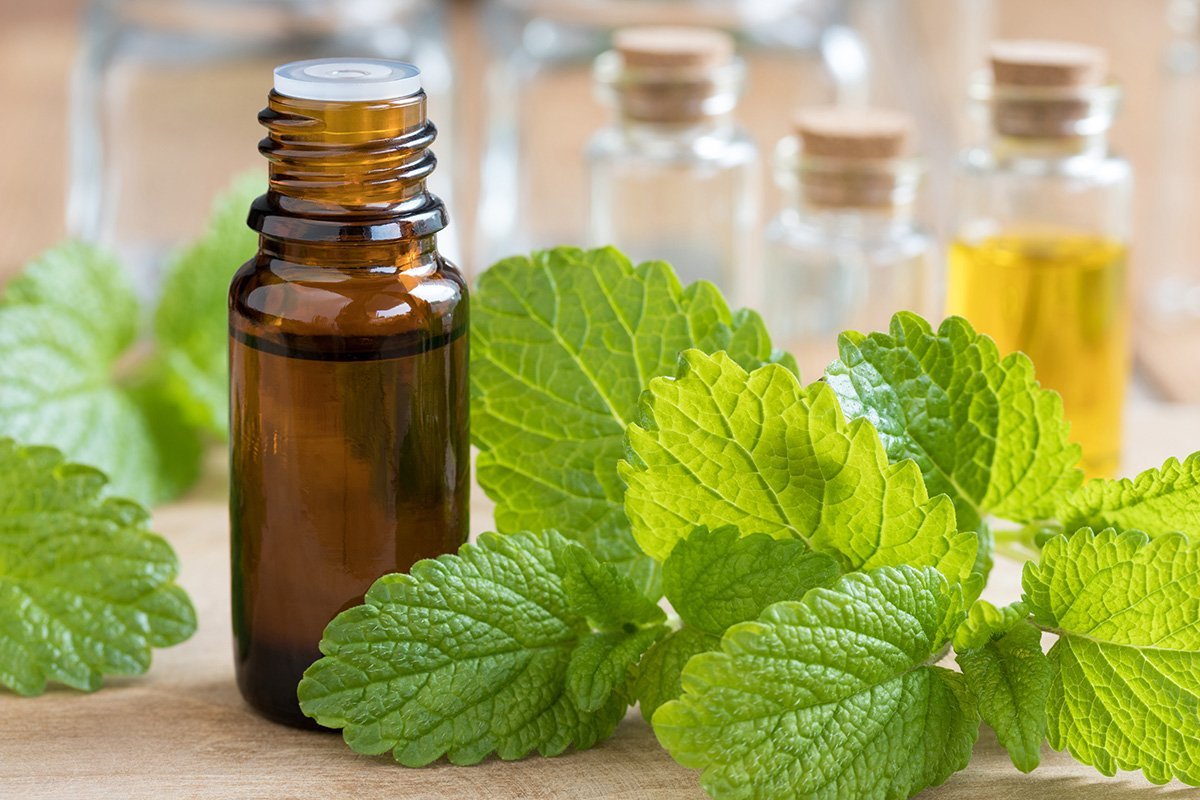
Traditional Remedies and Modern Medicine
Integration of Traditional Remedies
Traditional remedies rooted in the use of wild medicinal plants have been practiced for centuries and passed down through generations. These remedies often draw on the profound knowledge of indigenous communities and local healers, who have honed their understanding of these plants over time. Many individuals and communities continue to rely on these traditional approaches as part of their holistic healthcare practices.
Modern Validation of Traditional Knowledge
In recent decades, there has been a growing recognition within the scientific community of the value of traditional knowledge. Researchers have turned their attention to the empirical evidence behind traditional remedies involving wild medicinal plants. Through rigorous studies, they aim to validate the efficacy of these remedies, elucidating the mechanisms of action and identifying active compounds. This scientific validation serves to bridge the gap between traditional wisdom and modern medical practice, lending credibility to these age-old healing traditions.
Complementary Approaches
Traditional remedies and modern medicine need not be mutually exclusive. They can coexist as complementary approaches to healthcare. In some cases, patients may choose to integrate both traditions, combining conventional medical treatments with herbal remedies derived from wild medicinal plants. This integrative approach, known as complementary and alternative medicine (CAM), recognizes that each system has its strengths and can be tailored to meet individual needs.
Challenges and Limitations
While the integration of traditional remedies and modern medicine holds promise, it also presents challenges. Some traditional remedies lack scientific evidence, and their safety and efficacy may vary widely. Additionally, potential herb-drug interactions and varying plant potency can pose risks when not properly understood. Thus, it is crucial to consult with healthcare professionals knowledgeable about herbal medicine when considering such integrative approaches.
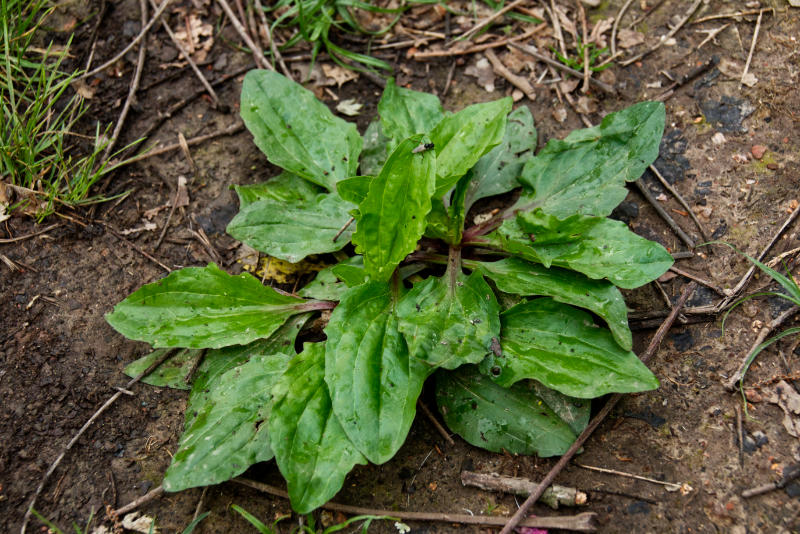
Future Prospects and Research on the Health Benefits of Wild Medicinal Plants
New Drug Discovery
Wild medicinal plants have historically served as a source of inspiration for pharmaceutical research. Many modern drugs, such as aspirin derived from willow bark and quinine from cinchona bark, have their origins in traditional herbal remedies. The wealth of bioactive compounds found in wild plants continues to be a fertile ground for drug discovery. Researchers are actively exploring these natural compounds for their potential to develop novel medications to treat a wide range of ailments, from cancer to infectious diseases.
Collaborative Research
Collaboration between indigenous knowledge and modern science is a pivotal trend in wild medicinal plant research. Indigenous communities have a deep understanding of these plants’ traditional uses, often based on generations of empirical knowledge. By working in partnership with these communities, researchers can access invaluable insights into plant properties, preparation methods, and their applications. This collaboration respects traditional wisdom while enhancing the scientific understanding of wild medicinal plants.
Future Directions
Research on wild medicinal plants is increasingly interdisciplinary, encompassing fields such as ethnobotany, phytochemistry, pharmacology, and ecology. Future studies are likely to focus on identifying novel bioactive compounds, elucidating their mechanisms of action, and understanding the ecological impact of plant harvesting. Additionally, researchers are exploring sustainable cultivation practices to ensure a consistent supply of medicinal plants while reducing the pressures on wild populations.
The potential of wild medicinal plants extends beyond conventional medicine. These plants offer holistic approaches to health and well-being, aligning with the growing interest in complementary and alternative medicine (CAM). As such, research in this field may shed light on the integration of herbal remedies into mainstream healthcare, addressing health issues that have been traditionally underserved by pharmaceutical interventions.
Conclusion
The world of wild medicinal plants is a rich tapestry of nature’s healing wonders, steeped in ancient wisdom and ripe for modern exploration. These plants, with their diverse therapeutic properties and profound health benefits, bridge the gap between traditional remedies and modern medicine. They offer holistic solutions to a wide range of health challenges, from the mitigation of inflammation and oxidative stress to immune system support and wound healing.
As we journey through the lush landscapes of biodiversity and delve into the nutrient-rich profiles of these botanical treasures, we discover not only their potential to heal but also their potential to nourish. Wild medicinal plants remind us of the enduring connection between humanity and the natural world, and their preservation is a testament to the preservation of our own well-being.
The integration of traditional remedies and modern research offers a promising path forward, where age-old wisdom and contemporary science collaborate to unlock the full potential of these plants. As we look toward the future, the prospects for new drug discovery and sustainable practices are poised to reshape healthcare, emphasizing holistic well-being and complementing conventional treatments.
In this ever-evolving landscape of health and healing, wild medicinal plants continue to stand as a testament to nature’s boundless capacity to nurture and restore. They remind us of the enduring relationship between humans and the natural world, urging us to tread lightly, protect biodiversity, and embrace the timeless wisdom that nature offers. By doing so, we can harness the full spectrum of health benefits that wild medicinal plants provide, ensuring a healthier future for ourselves and generations to come.
Be sure and visit our list of articles for more great info on sustainable living, as well as edible and medicinal plants.
FAQs:
Q: What are the health benefits of medicinal plants?
A: Medicinal plants offer a wide range of health benefits, including their ability to alleviate various ailments, boost the immune system, reduce inflammation, and provide essential nutrients. Their specific benefits depend on the plant species and the compounds they contain.
Q: What is the healthiest wild plant?
A: Determining the healthiest wild plant can be subjective as different plants offer various nutrients and benefits. Some highly nutritious wild plants include nettle, purslane, and dandelion, which are rich in vitamins, minerals, and antioxidants.
Q: What are the benefits of eating wild edible plants?
A: Consuming wild edible plants provides a source of natural and nutrient-dense foods. These plants often contain vitamins, minerals, and antioxidants, and their consumption can contribute to a more diverse and nutritious diet.
Q: What are the wild herbs for health?
A: Wild herbs like thyme, oregano, and rosemary have been traditionally used for their health benefits. They possess antimicrobial, anti-inflammatory, and antioxidant properties, making them valuable for various health purposes.
Q: What plant has the most health benefits?
A: It’s challenging to pinpoint a single plant with the most health benefits, as different plants offer unique advantages. Some consider herbs like ginseng, known for adaptogenic properties, or turmeric, celebrated for its anti-inflammatory effects, as highly beneficial.
Q: Which plant is known for its healing properties?
A: Aloe vera is well-known for its healing properties, particularly for its ability to soothe skin irritations and promote wound healing. It also has applications in traditional medicine for digestive health.
Q: What is the queen of medicinal plants?
A: The term “queen of medicinal plants” is often associated with ginseng, particularly Panax ginseng. This revered herb is prized for its adaptogenic properties and various health benefits.
Q: What is the most powerful spiritual flower?
A: The concept of the “most powerful spiritual flower” can vary among cultures and beliefs. Flowers like the lotus, rose, and lavender have been regarded as spiritually significant in different traditions for their calming and elevating properties.
Q: Which medicinal plant has high antibiotic and antibacterial properties?
A: Garlic is a well-known medicinal plant with potent antibiotic and antibacterial properties. Its active compound, allicin, is responsible for its ability to combat infections.
Q: What are the four sacred plant medicines?
A: The four sacred plant medicines, as recognized in some indigenous cultures, include tobacco, cedar, sweetgrass, and sage. These plants are used in ceremonies and healing rituals for their spiritual significance.
Q: What is the king of all herbs?
A: Holy basil, also known as Tulsi, is often referred to as the “king of herbs” in traditional Ayurvedic medicine due to its extensive range of health benefits and adaptogenic properties.
Q: What is the oldest medicinal plant in the world?
A: The oldest medicinal plant usage can be challenging to determine, but plants like aloe vera, ginkgo biloba, and cannabis have historical records of medicinal use dating back thousands of years.